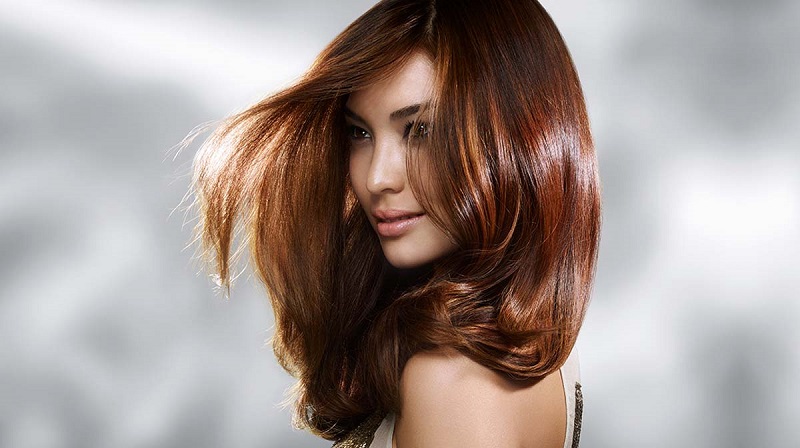Hair coloring, or hair dyeing is the process of changing the natural hair color to one that is desired for a given occasion. The reasons for this are purely cosmetic: to hide or color white or gray hair, to change from a natural color to a more desirable or stylish color, or to regain the original hair shade after it has been whitened, or dyed by cosmetic processes like sun bleaching or using chemical hair dyes. These color changes, however, do not last. Even though most hair coloring products contain permanent dyes, there is still the possibility of the color fading over time, and the possibility that it may not be suitable for some events. If you are interested in permanent hair coloring, you will want to choose an agent that can withstand exposure to heat, and it will also be good if you choose an agent that offers protection against ultraviolet light. Although there are many agents on the market, it is still important to read the product labels carefully to make sure that you are purchasing an agent that will work for you.

Highlights are a form of hair coloring that can offer dramatic results. Highlights are typically used on short hair to create that “highlighted” look. Highlights work well with all hair colors, but the colors that work the best are generally the same as the shades used for coloring just the ends of the hair (natural highlights), and the colors of the highlights. Coloring the length of the hair can help to highlight highlights, as well.
When working with lightening hair colors, it can help to use shorter strands for highlights. Shorter strands are generally lighter in color than long strands, which allows the lighter colored strands to catch the light. This is why you often see short hair colored with lightening agents applied at the roots. This is usually referred to as highlighting the roots, or using the highlights as a way to hide the roots so that the style of the hair is not altered.
There are some disadvantages to using hair coloring agents. One of these disadvantages is that the colors do not last as long as they would if you were to dye your hair completely. The hair coloring agent works to temporarily change the color of the hair, but it does not change the natural color that your hair possesses. Once the hair coloring process is completed, the colors usually fade away because they no longer contain enough color to be effective. If you wish to retain your natural color, it is important that you use a different hair coloring product than you would if you were just applying highlights. Keep in mind that natural colors can be lightened by bleaching or dying them.
Another disadvantage is that hair coloring products are not permanent. If you decide after you have colored your hair that you would like to keep your original color, then you will have to either repeat the hair coloring process or apply a new product. While some products are considered semi-permanent, others are only meant for a limited period of time and can be removed. For example, Colgate lipstick is only meant for a six month period and must be removed before it is time to apply another lipstick.
Finally, if you wish to get rid of your highlights, then you should not use ammonia-based hair dyes. Ammonia actually damages the root of the hair shaft. By removing the outer, or cuticle, layer of hair that is made up of keratin, it damages the root of your hair and destroys it. Hair dye that contains ammonia is not a good choice when you are coloring your hair to remove dark hair.
